Flat Roof Insulation: why insulate roofs at all?
Reading Time: 5 minutesInsulation is an additional barrier inside a ‘roofing pie.’ Firstly, it prevents heat loss in winter. Secondly, it keeps the building cool in summer. These are the main functions of any insulation. But that is not all. According to experienced roofers, flat roof insulation protects the building from street noises and mechanical damage.
Three ways to insulate any flat roof properly
Each roofing project has its insulation, appropriate materials, thickness and density requirements, and installation method. There is no ideal insulation approach that fits all commercial and residential buildings.
Before choosing the proper method of insulation, let’s answer two questions:
- Is your roof vented or unvented? In the first case, there should be a ventilated space between the house’s top and the ceiling – the air gap. Unvented ones don’t have it.
- R-value (per inch) is an indicator of thermal insulation. The higher the number, the better the insulation prevents heat loss. What R-value is suitable for your roof?
Depending on the answers, isolation can be:
- Exterior (the insulation materials are above the roof sheathing).
- Interior (the insulation materials are below the roof sheathing).
- Combined (the insulation materials are above and below the roof sheathing).
If your roof has vents, it is crucially important that the ceiling is as airtight as possible. If there is no air tightness, condensed moisture will appear on the surface of the sheathing several weeks/months after the end of the project, creating mold and fungi.
Don’t forget to air seal, which prevents hot or cold air from leaking. Air sealing is as important as insulating your roof. But that’s a topic for another guide.
Unvented flat roof insulation
The presence of ventilation makes it challenging to install the insulating material because the ventilation gets in the way of the process, often making parts of the roof inaccessible.
There is no such problem with unvented structures, which is why many commercial building roofs are unvented.
Several ways to insulate an unvented roof
Here are some popular methods for insulating a non-ventilated roof of a small area:
- Exterior flat roof insulation with foam.
- Exterior insulation with closed-cell foam.
- Interior insulation with closed-cell foam.
- Exterior insulation with foam + interior insulation using fiberglass or cellulose.
Commercial flat roof insulation
Proper insulation of commercial roofs is just as important as the insulation of the houses where we live with our families.
Proper commercial roof insulation saves money, increases workers’ comfort, and reduces environmental pollution.
Materials and method of installation of insulating materials for flat roofs depend on the following:
- Local building codes.
- Area of the top and building specialization.
- Thermal and energy efficiency you want to endure.
- The R-value.
High-Density Extruded Polystyrene (XPS)
XPS (R-value is 5) is a rigid foam made of polystyrene polymer. A standard release form is foam board (different thicknesses). Nine times out of ten, this material is pink, but there may be other options depending on the added dye and brand. Insulation thickness differs according to the roofing project.
- Medium price material.
- An optimal ratio of cost and R-value.
- Suitable for IRMA and PMR roof systems.
- XPS is also used to insulate walls and other vertical surfaces.
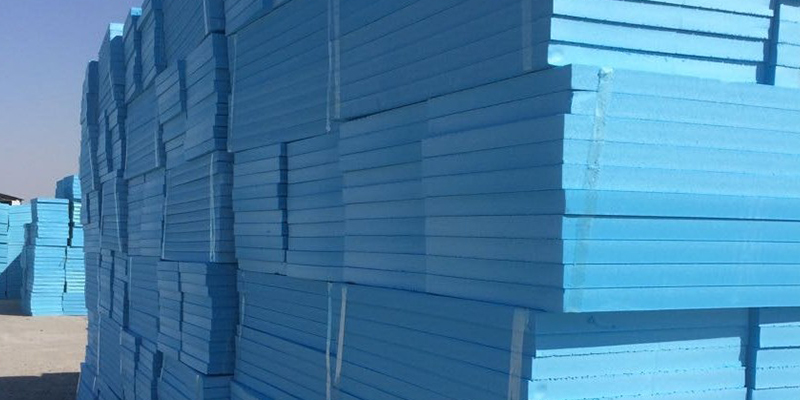
Polyurethane
Polyurethane is almost as high an R-value as phenolic foam (we discuss it later in the article). According to the manufacturers, the R-value of this insulating material is 7.0-7.2. Most often, you will find it as 1-component or 2-component spray foam.
- One of the best R-values in the US market.
- Actively used for roof insulation of commercial buildings with refrigeration equipment.
- Resistant to moisture.
- A good choice in various climatic conditions.
- Suitable for insulating a flat roof with irregularly shaped surfaces or roof assemblies.
- High fire-resistant.
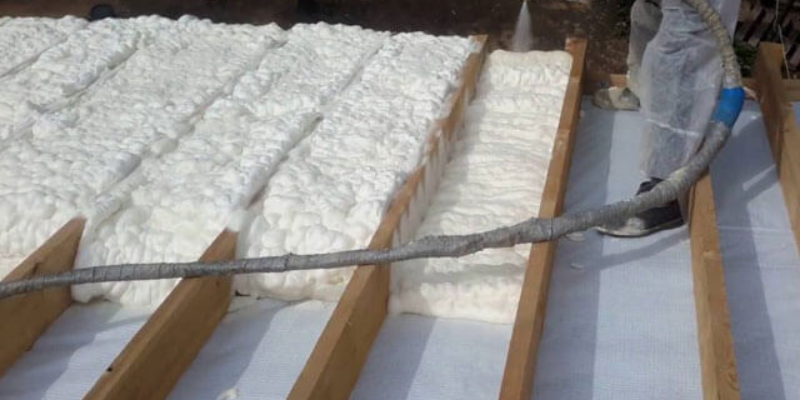
Polyisocyanurate
Polyisocyanurate (polyiso) – closed-cell that has an R-value of almost 7.0. Polyiso boards have a high density and can be used on exploited roofs (with some restrictions).
- Good choice for insulating a flat roof concerning advantages and R-value.
- Foam can adhere to various surfaces, including glass and metal.
- Resilient.
- Lightweight.
- Modern polyiso materials are more stable. However, the R-value decreased over time for foams produced according to the older formula.
- Modern materials based on polyiso are more environmentally friendly, but in the past, this material did not meet high environmental standards.
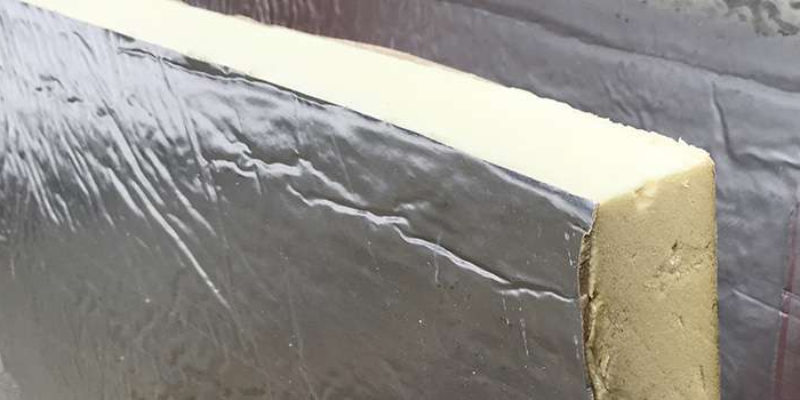
High-Density Expanded Polystyrene (EPS)
EPS (R-value is 4.4-4.6) – this material is made from the same synthetic raw materials as XPS. The release form can be almost any shape you need.
- Medium price material.
- Retains thermal insulation properties longer over time (compared to XPS).
- Easy to install.
- Lightweight material.
- Absorbs water.
- Not compatible with some adhesives and coatings.
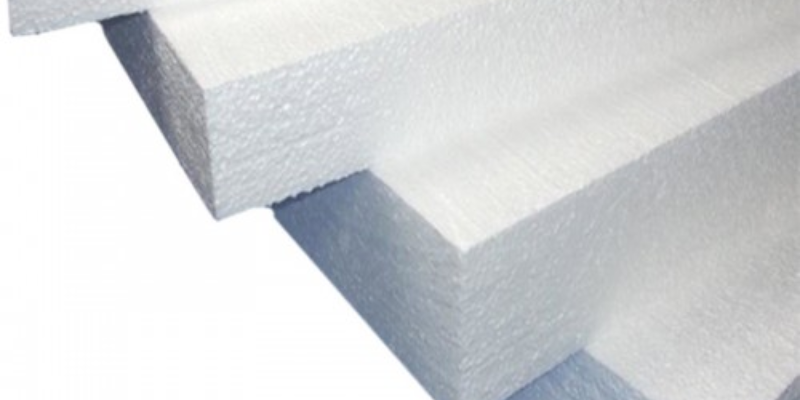
Perlite Insulation Board
Perlite board is an environmentally friendly recycled material with a relatively low R-value (2.5-2.7). It is an independent insulating material and an element of composite construction boards.
- Perlite board has been in use for almost 80 years.
- Relatively inexpensive.
- The material is compatible with old-school roofing systems.
- The board requires additional protection as it absorbs moisture.
- This material is susceptible to rotting.
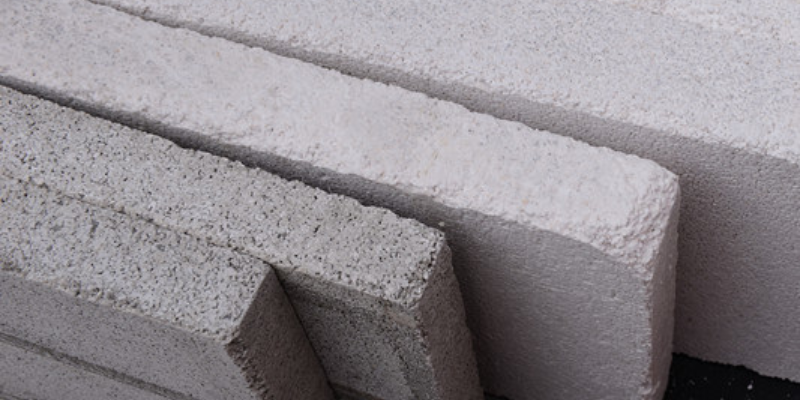
Phenolic Foam
Phenolic foam is the material with the highest R-value. According to the manufacturers, the R-value of phenolic foam reaches 7.4-7.5. However, this foam can lead to corrosion and have a leaching acidic impact on metal materials and fasteners.
- One of the best R-values for flat roof foam insulation.
- Due to the potential risks of roof damage, you can only see it on older buildings.
- Due to some concerns, it isn’t easy to find the manufacturer of this foam in the US today.
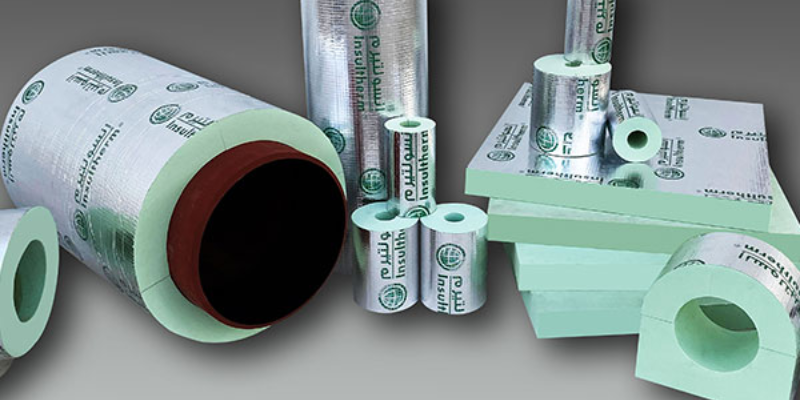
Glass Fiber and Mineral Fiber
As single-ply roofing membrane technology becomes more popular, glass and mineral fiber materials are replaced because they usually exist as panels or batts. However, you can still order them, including as formaldehyde-free mineral wool.
- Not suitable for EPDM, PVC, or TPO.
- The material may be hazardous to the respiratory tract during installation and operation.
- High fire resistance.
- Does not mold.
- Chemically inert material.
- Suitable for insulating metal roofs.
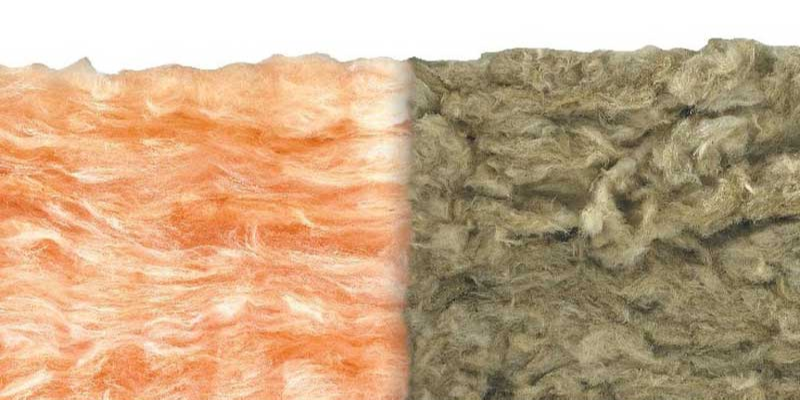
Please note that flat roof insulation material, especially for commercial building roofs, is selected according not only to R-value but UL or FM flat roof insulation requirements, compliance with ASHRAE Standards, and any other building code.
Conclusion
Roof installation is a task for professionals. A tiny mistake during installation or in calculations can lead to significant financial costs and lengthy repairs.
But you can learn more about the installation and repair of roofs. Our materials are helpful guides in which we talk about solving complex roofing tasks and projects in simple terms.
Do you want to know more about insulating a flat roof, roof repair, installation, replacement, or renovation approaches?
Subscribe to our emails: no spamming – just helpful information, roofing tutorials, and DIY guides.
Denis is the driving force behind ID Flat Roof, a leading company in Boston specializing in flat roof repair and installation for over 20 years.
Expertise:
Denis excels in PVC, TPO, EPDM, and rubber roofing. His meticulous approach ensures quality and customer satisfaction.
Innovation:
Denis incorporates cutting-edge solutions like skylights and solar PV roofing.



